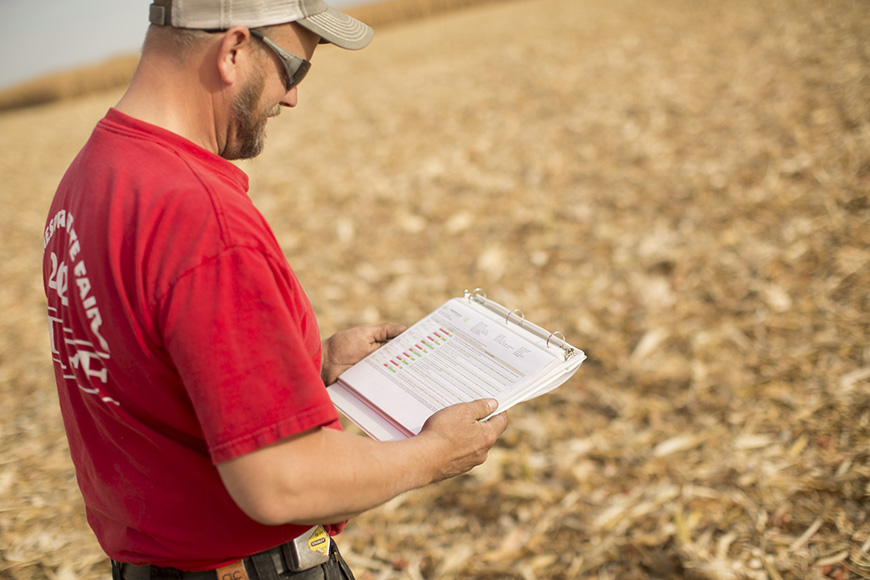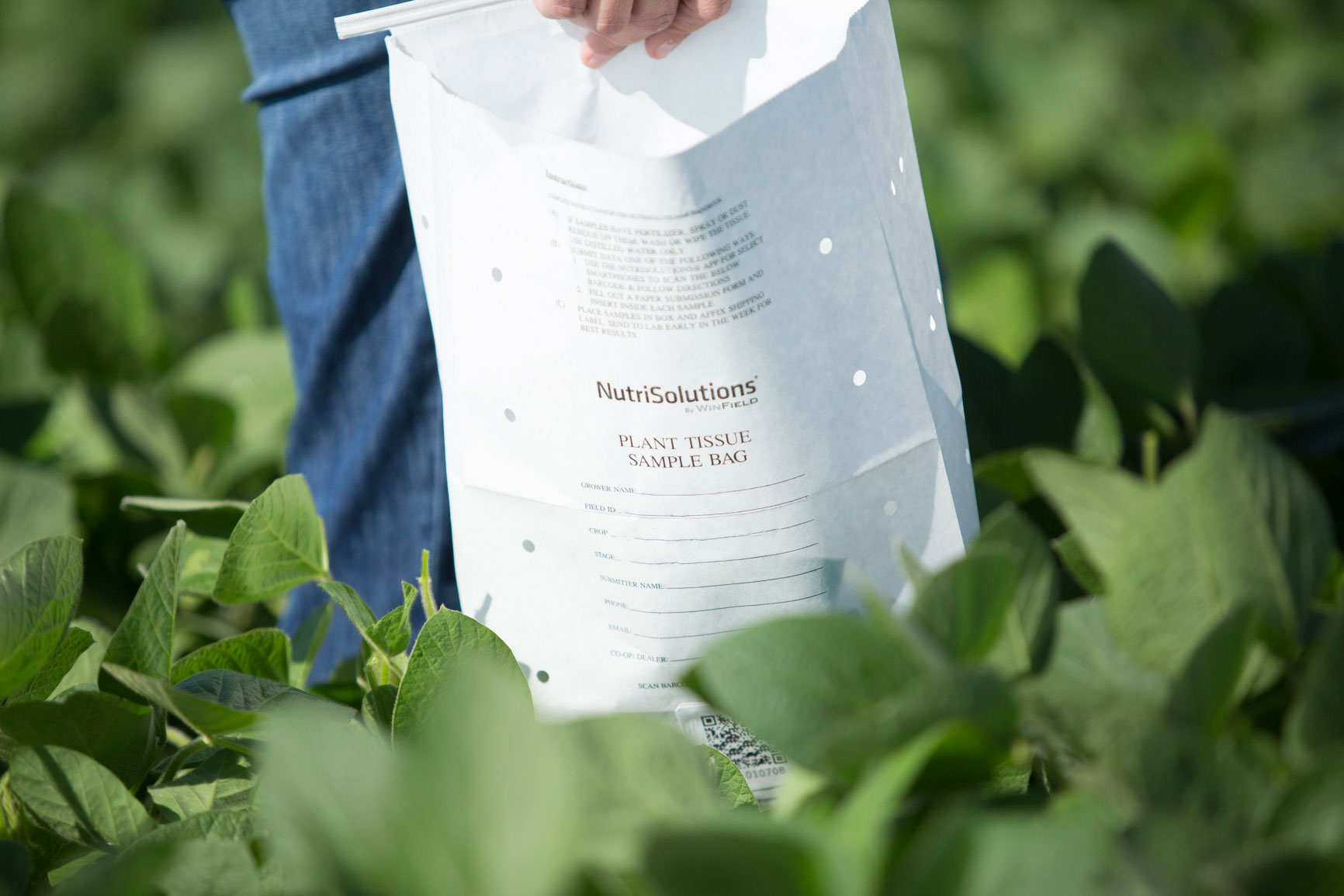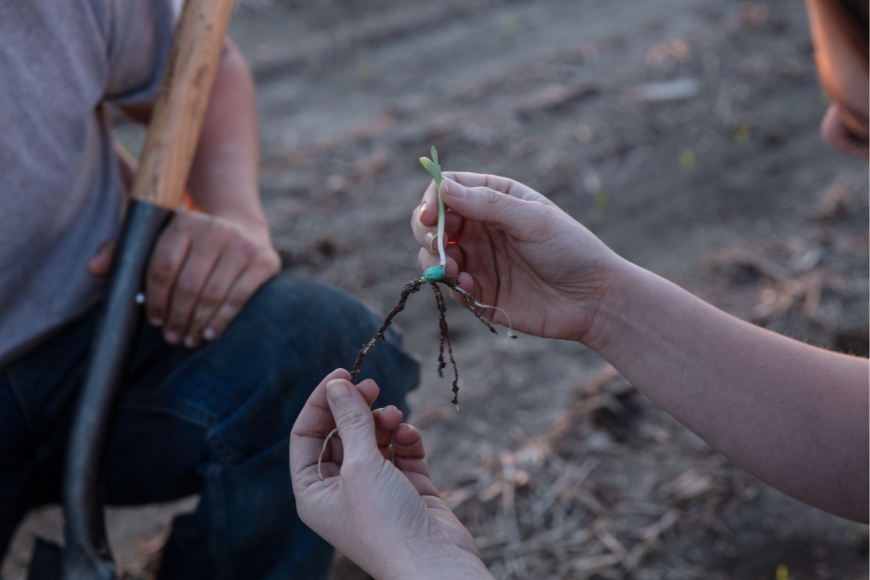Could Cover Crops Benefit Your Nutrient Management Plan?

Depending on your geography, planting a cover crop for nutrient and erosion benefits can make a lot of sense. Nutrient management can be tricky, however. Here are some factors to consider as you determine if adding a cover crop to your strategy is practical for you.
1. You have some acres in sugar beets, corn silage or small grains.
If you have harvested your sugar beets, corn silage or wheat, barley, durum or another small-grain crop and have open soil in September and October, a cover crop can help keep soil from blowing around and soak up residual soil nutrients. That cover crop can also sequester nitrate that’s left in the soil, using that nitrate to increase the cover crop’s biomass and keeping it from leaching into tile lines, drainage ditches, lakes, streams and rivers. When that cover crop disintegrates the following growing season, it releases nutrients for that year’s crop.
2. You want to seed your cash and cover crops in the same field (just not at the same time).
In one of our Answer Plot® test plots a few years ago, we planted corn and then seeded a cover crop over top of it on the same day the corn was planted. In the plot next to that, we planted corn without a cover crop. The corn grown along with a cover crop was extremely nitrogen deficient when we soil sampled on August 2 with about 25 pounds of N in the soil compared to the plot without the cover crop, which had about 90 pounds of N in the soil. The cover crop was obviously in competition with the cash crop grown for grain.
It’s important to know cover crops do not magically take nitrogen out of the air and give it to the cash crop. It’s not until that cover crop disintegrates and decomposes — what we call mineralization — that it releases nutrients to the crop that follows it. You usually do not get a fertilizer credit from a cover crop until the following year. If you want to plant corn and a cover crop on the same acres, a better plan is to wait until later in the season to do so.
3. You want to minimize soil erosion.
In Minnesota, the ground is very bare and black following sugar beet harvest, as opposed to corn harvest, which leaves residue on the soil. Planting a grass species with a fibrous root system, such as ryegrass, as opposed to a broadleaf with a taproot, such as tillage radish, as a cover crop is a better management decision. Fibrous root systems are much better at holding soil in place. Particularly on highly erodible ground on steep slopes and on flat stretches where wind erosion is likely, planting a grass species as a cover crop can be a good environmental, as well as economic, decision.
Talk with your agronomist or your local WinField United retailer to find out more about cover crops and if they might be a good addition to your management strategy.
All photos are either the property of WinField United or used with permission.
This article was originally published in 2017 and was updated in 2021.
© 2021 WinField United. Important: Before use always read and follow label instructions. Crop performance is dependent on several factors many of which are beyond the control of WinField United, including without limitation, soil type, pest pressures, agronomic practices and weather conditions. Growers are encouraged to consider data from multiple locations, over multiple years and to be mindful of how such agronomic conditions could impact results. Answer Plot and WinField are trademarks of WinField United All other trademarks are the property of their respective owners.






